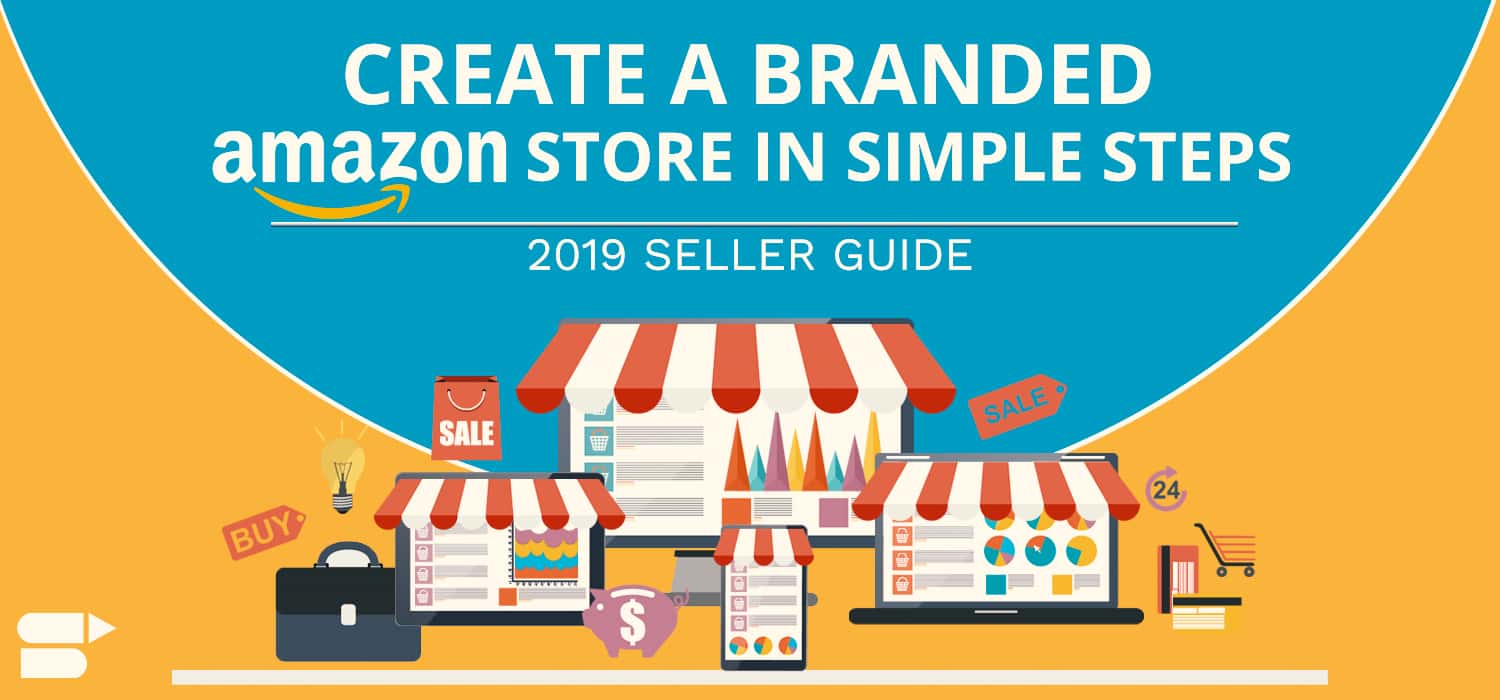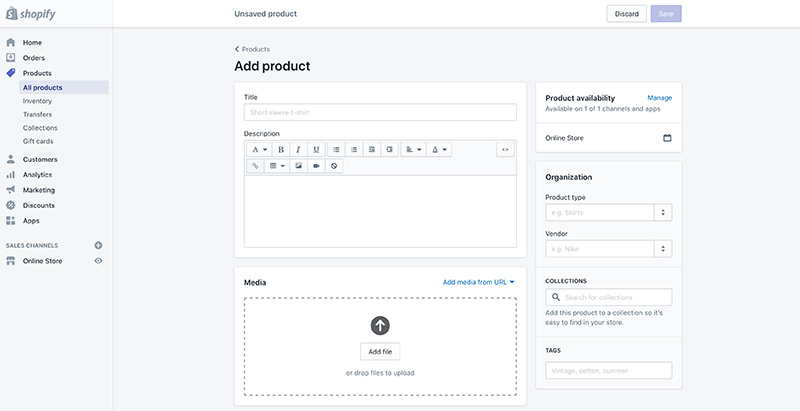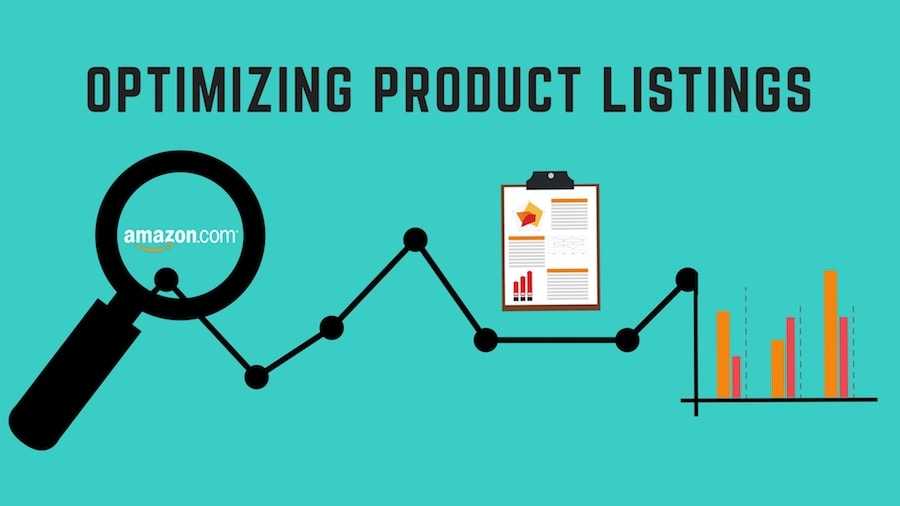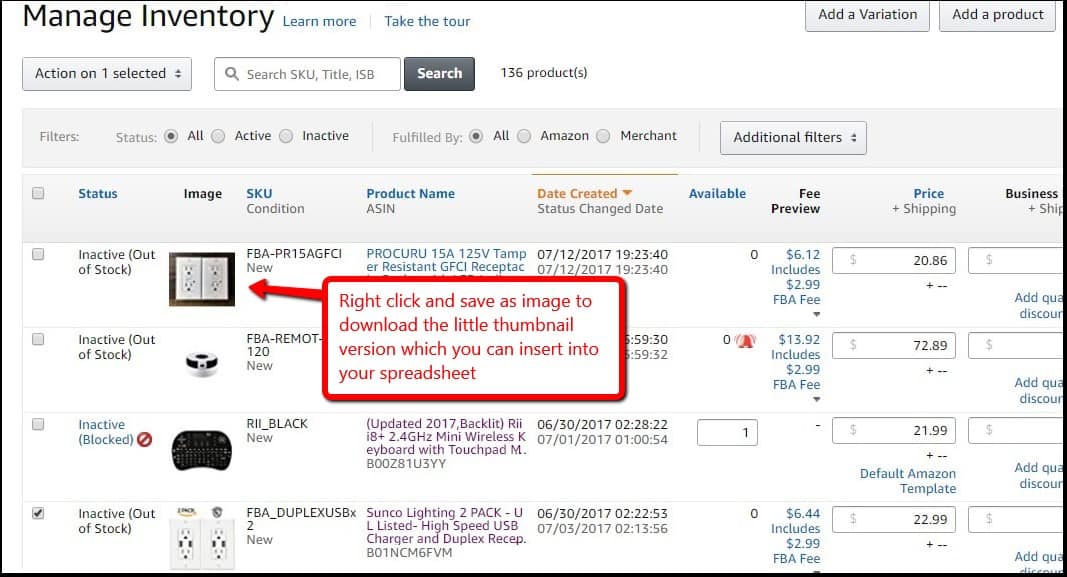Getting Started with Amazon Associates: Understanding the Basics
The Amazon Associates program is a popular affiliate marketing program that allows website owners and bloggers to earn commissions by promoting Amazon products on their websites. To get started with Amazon Associates, you’ll need to create a professional-looking store that showcases Amazon products in a way that appeals to your target audience. This involves understanding the basics of affiliate marketing and how to effectively promote products to drive sales and earn commissions.
One of the key benefits of the Amazon Associates program is its vast product selection, with millions of products to choose from. This makes it easy to find products that align with your website’s niche or audience interests. Additionally, Amazon’s trusted brand and reputation can help increase conversions and sales on your website.
To join the Amazon Associates program, you’ll need to meet certain requirements, such as owning a website or blog with original content and a clear audience focus. You’ll also need to agree to Amazon’s operating agreement and terms of service. Once you’re approved, you can start creating affiliate links and promoting Amazon products on your website.
When creating your Amazon affiliate store, it’s essential to consider the user experience and ensure that your website is easy to navigate and visually appealing. This will help increase engagement and conversions, ultimately driving more sales and commissions for your business. By understanding the basics of the Amazon Associates program and creating a professional-looking store, you can set yourself up for success and start earning commissions from your affiliate marketing efforts.
Setting Up Your Amazon Affiliate Store: Choosing the Right Platform
When it comes to setting up an Amazon affiliate store, choosing the right platform is crucial for success. With so many options available, it can be overwhelming to decide which one to use. In this section, we’ll explore the various platforms available, including WordPress, Shopify, and Amazon’s own platform, and discuss the pros and cons of each.
WordPress is a popular choice for Amazon affiliate stores due to its flexibility and customization options. With WordPress, you can create a professional-looking store with ease, and there are many plugins available to help you manage your affiliate links and product listings. However, WordPress requires some technical knowledge, and you’ll need to handle updates and maintenance yourself.
Shopify is another popular platform for e-commerce stores, and it’s also a great option for Amazon affiliate stores. Shopify offers a user-friendly interface and a wide range of templates and themes to choose from. Additionally, Shopify has a built-in affiliate marketing feature that makes it easy to add Amazon products to your store. However, Shopify can be more expensive than WordPress, especially if you’re just starting out.
Amazon’s own platform is also a great option for creating an Amazon affiliate store. With Amazon’s platform, you can create a store that’s fully integrated with Amazon’s product catalog, making it easy to add products and manage your affiliate links. Additionally, Amazon’s platform offers a range of tools and features to help you optimize your store and increase sales. However, Amazon’s platform can be limited in terms of customization options
How to Find Profitable Products to Add to Your Store
When it comes to building a successful Amazon affiliate store, finding profitable products to add to your store is crucial. With millions of products to choose from, it can be overwhelming to decide which ones to promote. In this section, we’ll provide guidance on how to find profitable products to add to your Amazon affiliate store.
The first step in finding profitable products is to conduct thorough product research. This involves analyzing factors such as demand, competition, and commission rates. You can use tools such as Amazon Best Sellers, Amazon Trends, and Amazon Movers and Shakers to find popular and trending products. Additionally, you can use tools such as Jungle Scout, Helium 10, and AMZScout to analyze product demand, competition, and profitability.
When evaluating products, consider the following factors:
- Demand: Is the product in high demand? Are there many customers searching for this product?
- Competition: How many other affiliates are promoting this product? Is the competition too high?
- Commission rate: What is the commission rate for this product? Is it high enough to be profitable?
- Product price: Is the product price reasonable? Is it too high or too low?
- Product reviews: What are the product reviews like? Are they positive or negative?
By considering these factors, you can find profitable products to add to your Amazon affiliate store. Remember to always choose products that align with your niche and audience interests, and to promote products that you believe in.
Another important aspect of finding profitable products is to stay up-to-date with Amazon’s product catalog. Amazon is constantly adding new products and removing old ones, so it’s essential to stay informed about the latest products and trends. You can use Amazon’s product feeds and APIs to stay up-to-date with the latest products and trends.
Adding Products to Your Store: A Step-by-Step Process
Once you’ve found profitable products to add to your Amazon affiliate store, it’s time to create product listings and add them to your store. In this section, we’ll walk you through the step-by-step process of adding products to your store.
Step 1: Create a Product Listing
To create a product listing, you’ll need to gather the following information:
- Product title and description
- Product images
- Product price and commission rate
- Product category and subcategory
Step 2: Add Product Images
High-quality product images are essential for creating a professional-looking product listing. You can use Amazon’s product images or upload your own images. Make sure to optimize your images for web use by compressing them and using descriptive file names.
Step 3: Set Up Affiliate Links
To earn commissions from your Amazon affiliate store, you’ll need to set up affiliate links for each product. You can use Amazon’s affiliate link builder tool to create affiliate links. Make sure to test your affiliate links to ensure they’re working correctly.
Step 4: Add Product Listings to Your Store
Once you’ve created product listings and set up affiliate links, it’s time to add them to your store. You can use your platform’s built-in product listing feature or use a third-party plugin to add products to your store.
Step 5: Optimize Product Listings for Conversions
To maximize conversions, you’ll need to optimize your product listings for search engines and user experience. Use relevant keywords in your product titles and descriptions, and make sure to include high-quality product images.
By following these steps, you can add products to your Amazon affiliate store and start earning commissions. Remember to continuously monitor and optimize your product listings to ensure maximum conversions and sales.
Optimizing Your Product Listings for Maximum Conversions
Once you’ve added products to your Amazon affiliate store, it’s essential to optimize your product listings for maximum conversions. A well-optimized product listing can increase sales, boost conversion rates, and improve your store’s overall performance.
Writing Compelling Product Descriptions
A compelling product description is crucial for converting visitors into buyers. When writing product descriptions, focus on the benefits and features of the product, and use language that resonates with your target audience. Keep your descriptions concise, clear, and free of jargon.
Using Relevant Keywords
Relevant keywords are essential for search engine optimization (SEO) and can help your product listings rank higher in search results. Use tools like Amazon’s keyword research tool or Google Keyword Planner to find relevant keywords for your products. Incorporate these keywords into your product titles, descriptions, and tags.
Creating Eye-Catching Product Images
High-quality product images can make a significant difference in conversion rates. Use high-resolution images that showcase the product from different angles, and consider using lifestyle images that show the product in use. Make sure to optimize your images for web use by compressing them and using descriptive file names.
Optimizing Product Listings for Mobile
With more and more shoppers using mobile devices to make purchases, it’s essential to optimize your product listings for mobile. Ensure that your product listings are mobile-friendly, with easy-to-read text, clear images, and a seamless user experience.
Testing and Refining Your Product Listings
Testing and refining your product listings is crucial for maximizing conversions. Use tools like Amazon’s A/B testing tool to test different product listing variations, and refine your listings based on the results. Continuously monitor your product listings’ performance and make adjustments as needed.
By optimizing your product listings for maximum conversions, you can increase sales, boost conversion rates, and improve your store’s overall performance. Remember to continuously test and refine your product listings to ensure maximum results.
Managing Your Store’s Inventory and Shipping
As an Amazon affiliate store owner, managing your store’s inventory and shipping is crucial for providing excellent customer service and ensuring timely delivery of products. In this section, we’ll discuss the importance of inventory management and shipping options available for your Amazon affiliate store.
Inventory Management
Inventory management is the process of tracking and managing the products you sell in your store. This includes monitoring product quantities, tracking orders, and ensuring that products are delivered to customers on time. You can use Amazon’s inventory management tools to track your products and receive alerts when inventory levels are low.
Shipping Options
Amazon offers various shipping options for your affiliate store, including Fulfillment by Amazon (FBA), Merchant Fulfilled, and Amazon Logistics. FBA is a popular shipping option that allows Amazon to handle storage, packaging, and shipping of your products. This option provides fast and reliable shipping, and customers can take advantage of Amazon’s trusted shipping network.
Merchant Fulfilled is another shipping option that allows you to handle storage, packaging, and shipping of your products. This option provides more control over the shipping process, but it requires more effort and resources to manage.
Amazon Logistics is a shipping option that allows Amazon to handle shipping and delivery of your products. This option provides fast and reliable shipping, and customers can take advantage of Amazon’s trusted shipping network.
Choosing the Right Shipping Option
When choosing a shipping option for your Amazon affiliate store, consider the following factors:
- Product weight and size
- Shipping speed and reliability
- Cost and pricing
- Customer service and support
By choosing the right shipping option for your Amazon affiliate store, you can provide excellent customer service, ensure timely delivery of products, and increase customer satisfaction.
Tracking Your Store’s Performance: Analytics and Reporting
As an Amazon affiliate store owner, tracking your store’s performance is crucial for making informed decisions and optimizing your store for maximum conversions. In this section, we’ll discuss the importance of analytics and reporting tools and how to use Amazon’s reporting tools to monitor sales, traffic, and conversion rates.
Why Analytics and Reporting are Important
Analytics and reporting tools provide valuable insights into your store’s performance, allowing you to identify areas for improvement and optimize your store for maximum conversions. By tracking your store’s performance, you can:
- Monitor sales and revenue
- Track website traffic and engagement
- Analyze conversion rates and optimize listings
- Identify top-performing products and categories
Amazon’s Reporting Tools
Amazon provides a range of reporting tools to help you track your store’s performance. These tools include:
- Sales reports: Track sales and revenue by product, category, and date range.
- Traffic reports: Monitor website traffic and engagement, including page views, unique visitors, and bounce rates.
- Conversion reports: Analyze conversion rates and optimize listings for maximum conversions.
- Product reports: Identify top-performing products and categories, and optimize listings for maximum sales.
How to Use Amazon’s Reporting Tools
To use Amazon’s reporting tools, follow these steps:
- Log in to your Amazon Associates account and navigate to the “Reports” tab.
- Select the report type you want to view, such as sales, traffic, or conversion reports.
- Choose the date range and product categories you want to view.
- Analyze the data and identify areas for improvement.
- Optimize your listings and marketing strategies based on the data.
By using Amazon’s reporting tools, you can gain valuable insights into your store’s performance and optimize your store for maximum conversions.
Scaling Your Store for Long-Term Success
As your Amazon affiliate store grows, it’s essential to scale your business for long-term success. In this section, we’ll discuss the importance of continuous product research, optimizing listings, and providing excellent customer service.
Continuous Product Research
Continuous product research is crucial for finding new and profitable products to add to your store. By staying up-to-date with the latest trends and product releases, you can identify opportunities to expand your product offerings and increase sales.
Optimizing Listings
Optimizing your product listings is essential for maximizing conversions and sales. By using relevant keywords, creating eye-catching product images, and writing compelling product descriptions, you can increase the visibility and appeal of your products.
Providing Excellent Customer Service
Providing excellent customer service is critical for building trust and loyalty with your customers. By responding promptly to customer inquiries, resolving issues quickly, and offering helpful advice and support, you can create a positive shopping experience and increase customer satisfaction.
Scaling Your Store
To scale your store for long-term success, consider the following strategies:
- Expand your product offerings to include new and profitable products.
- Optimize your product listings for maximum conversions and sales.
- Provide excellent customer service to build trust and loyalty with your customers.
- Use analytics and reporting tools to track your store’s performance and identify areas for improvement.
- Stay up-to-date with the latest trends and product releases to stay ahead of the competition.
By following these strategies, you can scale your Amazon affiliate store for long-term success and achieve your business goals.






